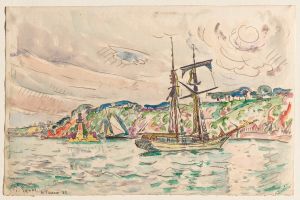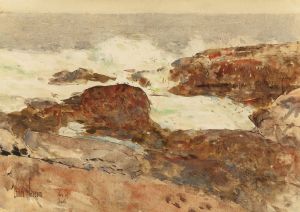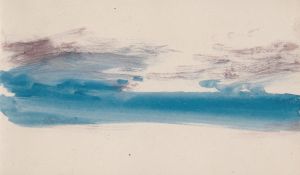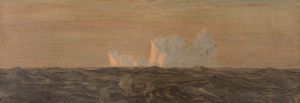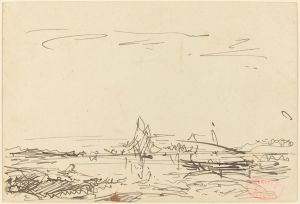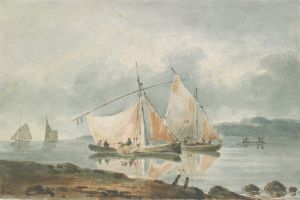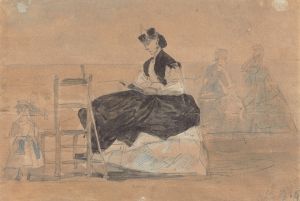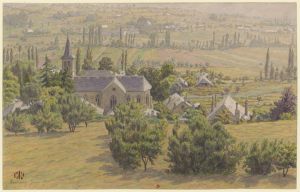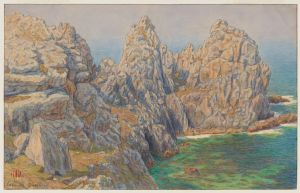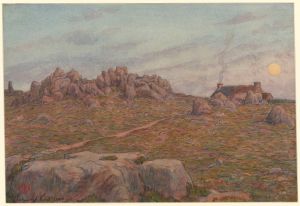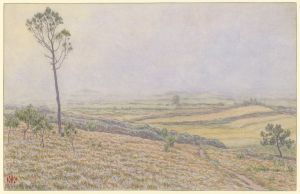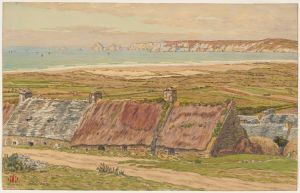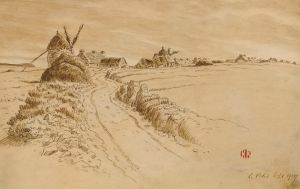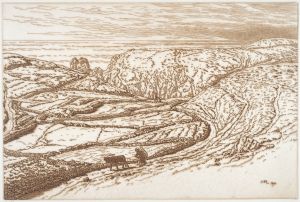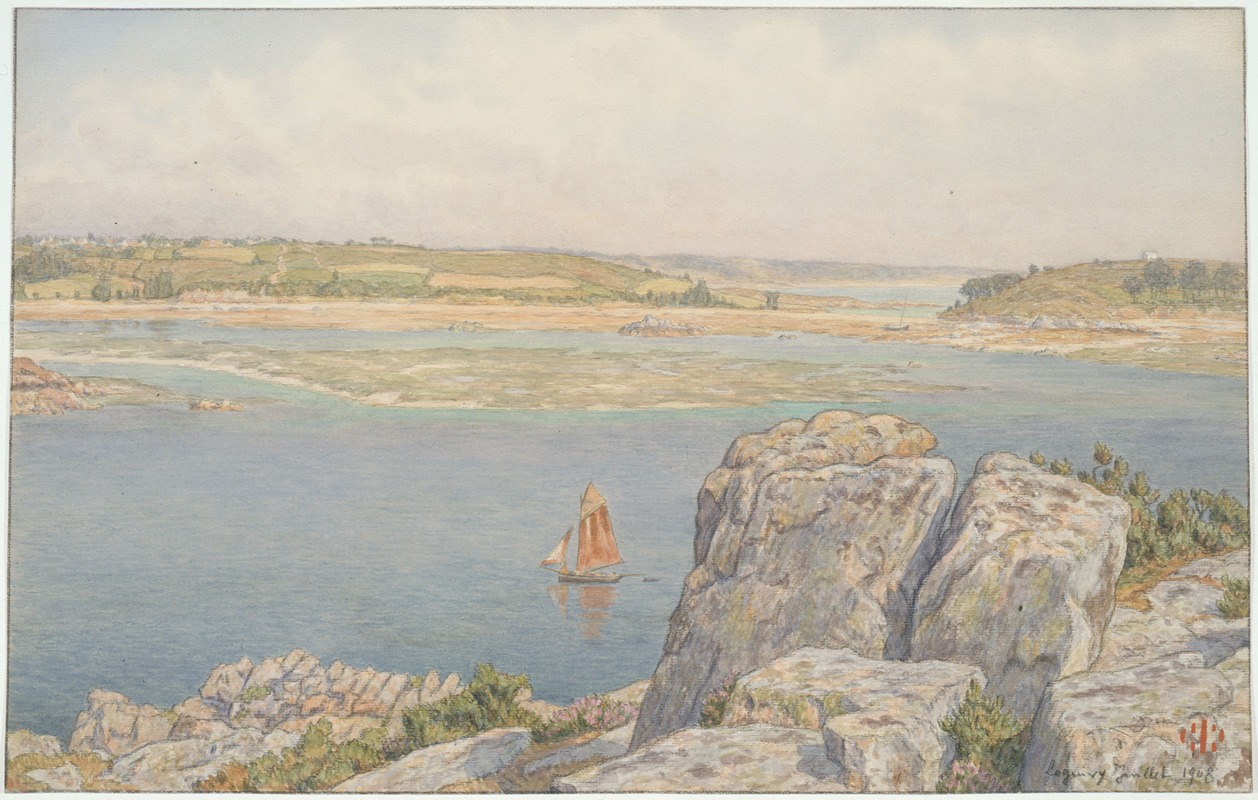
Embouchure du Trieux à l’île à Bois. Loguivy
A hand-painted replica of Henri Rivière’s masterpiece Embouchure du Trieux à l’île à Bois. Loguivy, meticulously crafted by professional artists to capture the true essence of the original. Each piece is created with museum-quality canvas and rare mineral pigments, carefully painted by experienced artists with delicate brushstrokes and rich, layered colors to perfectly recreate the texture of the original artwork. Unlike machine-printed reproductions, this hand-painted version brings the painting to life, infused with the artist’s emotions and skill in every stroke. Whether for personal collection or home decoration, it instantly elevates the artistic atmosphere of any space.
Henri Rivière (1864-1951) was a French artist known for his contributions to the field of printmaking and his involvement in the late 19th and early 20th-century art movements. One of his notable works is "Embouchure du Trieux à l’île à Bois. Loguivy," which translates to "Mouth of the Trieux at Île à Bois. Loguivy." This artwork is a part of Rivière's extensive exploration of the French landscape, particularly the Brittany region, which he frequently depicted in his works.
Rivière was deeply influenced by Japanese art, especially the ukiyo-e woodblock prints, which is evident in his use of color, composition, and attention to detail. This influence is seen in "Embouchure du Trieux à l’île à Bois. Loguivy," where Rivière employs a harmonious blend of colors and a keen observation of nature, capturing the serene beauty of the coastal landscape.
The Trieux River is located in the Côtes-d'Armor department of Brittany, France. It flows into the English Channel, and its estuary is known for its picturesque scenery, which has inspired many artists, including Rivière. The Île à Bois is one of the small islands in the estuary, and Loguivy is a nearby village known for its fishing port and traditional Breton culture.
In "Embouchure du Trieux à l’île à Bois. Loguivy," Rivière captures the tranquil atmosphere of the estuary with a focus on the interplay between water and land. The composition likely features the calm waters of the Trieux River, the lush greenery of the Île à Bois, and possibly the quaint structures of Loguivy in the background. Rivière's technique involves delicate lines and a subtle gradation of colors, creating a sense of depth and tranquility.
Rivière's works are celebrated for their ability to convey the essence of the Breton landscape and culture. His prints often reflect a deep appreciation for the natural world and a meticulous attention to detail. "Embouchure du Trieux à l’île à Bois. Loguivy" is no exception, showcasing his skill in capturing the serene beauty of the French countryside.
Henri Rivière's contributions to art extend beyond his landscape prints. He was also a prominent figure in the Parisian art scene, associated with the avant-garde group Les Nabis, which included artists like Pierre Bonnard and Édouard Vuillard. Rivière's work in theater design and his innovative use of shadow plays also highlight his diverse artistic talents.
Today, Rivière's works are held in various museums and private collections around the world. "Embouchure du Trieux à l’île à Bois. Loguivy" remains a testament to his ability to blend traditional European art techniques with influences from Japanese prints, creating a unique and enduring body of work that continues to be appreciated by art enthusiasts and scholars alike.





